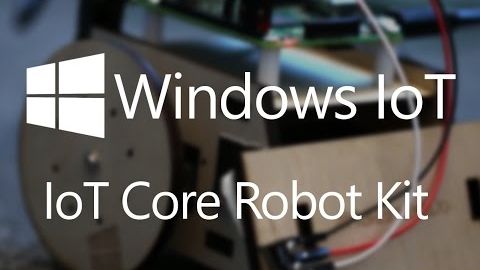
Subtitles & vocabulary
Windows 10 + Raspberry Pi 2: //build IoT Core Maker Robot Kit
00
Ethan Hu posted on 2015/12/23Save
Video vocabulary
off
US /ɔ:f/
・
UK /ɒf/
- Preposition
- Away or free from work
- (Of foods, drink) old and bad to eat, drink
- Adverb
- Separated, removed, or away from a place or route
- (Of a machine) no longer turned on or operating
A1
More turn
US /tɚn/
・
UK /tɜ:n/
- Intransitive Verb
- To become (a particular age)
- To become a different quality, color, etc.
- Verb (Transitive/Intransitive)
- To change the direction of something, e.g. a car
- To move in an opposite direction or position
A1
More leave
US /liv/
・
UK /li:v/
- Verb (Transitive/Intransitive)
- To go away from; depart
- To gift property to someone after you die
- Uncountable Noun
- Permission to do something
- Vacation time; time off work
A1TOEIC
More piece
US /pis/
・
UK /pi:s/
- Countable Noun
- A counter in a board game
- Small part of something larger
- Transitive Verb
- To put items together to assemble something
A1TOEIC
More Use Energy
Unlock All Vocabulary
Unlock pronunciation, explanations, and filters
